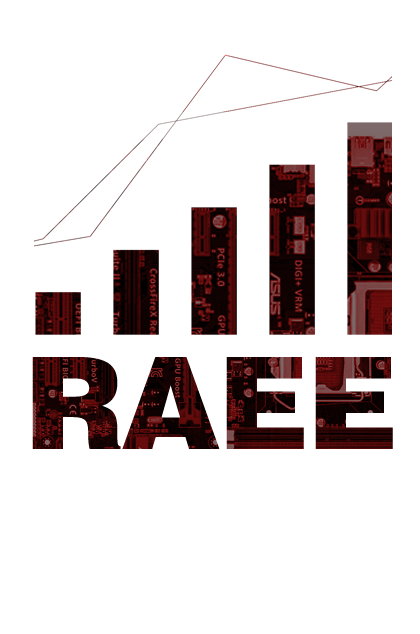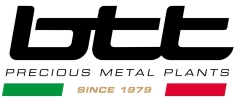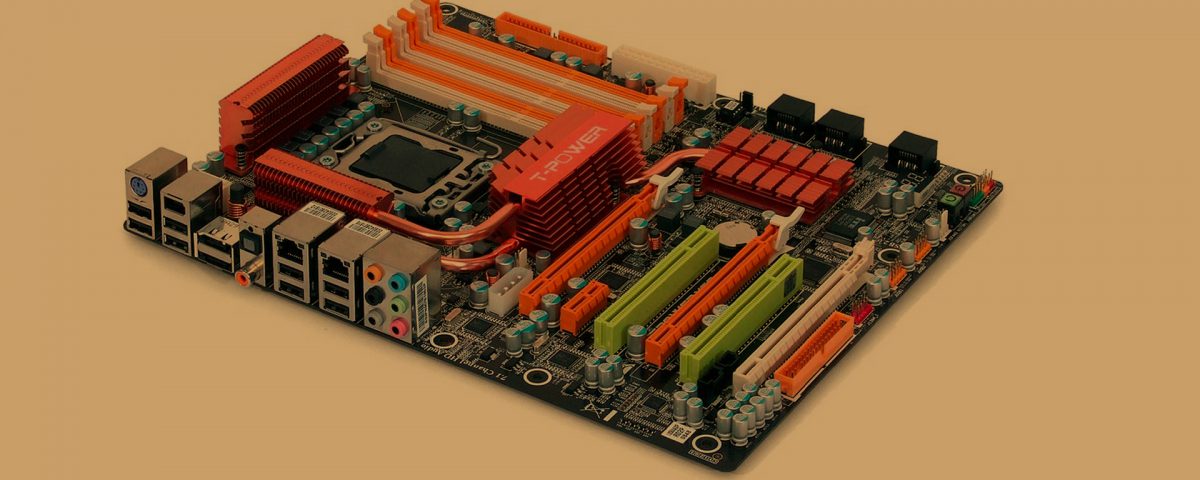Recovery of precious metals from WEEE: a constantly growing market
he WEEE waste market is growing exponentially globally. It is estimated that the waste will touch 56 million tons per year in 2020, of which 12 million will be imputable to the countries of the European Union. From these data it is also easy to calculate the quantity of noble materials recovered at the end of the life cycle of the various WEEE. Suffice it to say that, on average, each ton of WEEE contains about 200 grams of gold, of which 14% is recovered.
These quantities are the constant increase not only because more electronic devices are produced - and consequently they are disposed of - but also because they improve the techniques to increase the recovery percentages of noble materials (from copper to steel, from gold to mercury).
If we look at the global market, in parallel with the offer, the demand for these materials is growing, as well as the attention paid to the virtuous recovery cycles linked to the concept of Circular Economy. With this in mind, companies increasingly need to organize themselves to minimize waste and disposal of materials, favouring the recovery and treatment of these materials.
In this scenario, those who can provide services and technologies (machines) able to guarantee effective, clean and calibrated working cycles on the workloads of each individual company, can respond to a rapidly growing demand and find ample market shares.
These quantities are the constant increase not only because more electronic devices are produced - and consequently they are disposed of - but also because they improve the techniques to increase the recovery percentages of noble materials (from copper to steel, from gold to mercury).
If we look at the global market, in parallel with the offer, the demand for these materials is growing, as well as the attention paid to the virtuous recovery cycles linked to the concept of Circular Economy. With this in mind, companies increasingly need to organize themselves to minimize waste and disposal of materials, favouring the recovery and treatment of these materials.
In this scenario, those who can provide services and technologies (machines) able to guarantee effective, clean and calibrated working cycles on the workloads of each individual company, can respond to a rapidly growing demand and find ample market shares.





